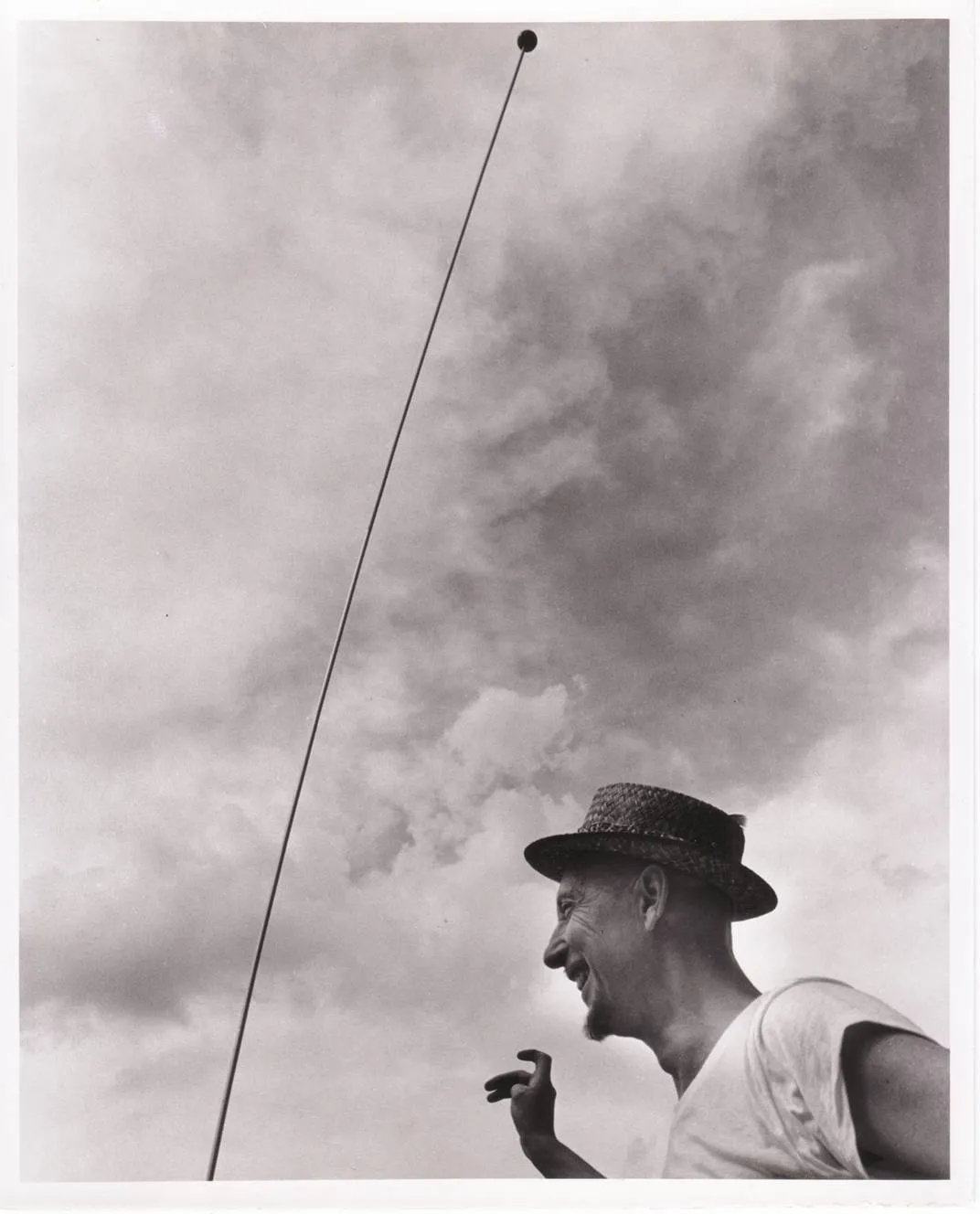Art that Moves: The Work of Len Lye
Written by

Len Lye (1901-1980) is one of the most original artists to have emerged from New Zealand. He developed his own theories about an ‘art of movement’ as a new approach to art. He became known around the world for his animation films, pioneering the method of ‘direct film’ (bypassing the camera by painting, scratching and stencilling images directly onto celluloid).
Len Lye (1901-1980) is one of the most original artists to have emerged from New Zealand. He developed his own theories about an ‘art of movement’ as a new approach to art. He became known around the world for his animation films, pioneering the method of ‘direct film’ (bypassing the camera by painting, scratching and stencilling images directly onto celluloid). Later he became a pioneer of kinetic or motorised sculpture. His work has an energy and freshness that gives it broad appeal.
‘Art that Moves’, the present exhibition of Lye’s films and sculptures, is the first at a public gallery in Auckland since 1980. It explores Lye’s intense engagement with what he called the ‘magical mystery’ of motion. In addition to films and kinetic sculptures, there are paintings and photograms to represent other areas of his work and to illustrate the implied movement in his static images.
Among the five kinetic sculptures in the show, there are two that have not previously been seen in Auckland. The exhibition is linked with the publication of two new books: Art that Moves: The Work of Len Lye by Roger Horrocks (AUP), and Body English: Texts and Doodles by Len Lye (Holloway Press).
Curated by Roger Horrocks
27 November 2009 - 13 February 2010
Thanks to The University of Auckland’s Business School, Mechanical Engineering, Film, Television and Media Studies, the Len Lye Foundation and Govett-Brewster Art Gallery, NZ Film Archive, Point-of-View Productions, Curio Wines and Aalto Colour.
Image: Len Lye in the 1960s with a version of his sculpture Wind Wand. Courtesy Len Lye Foundation.